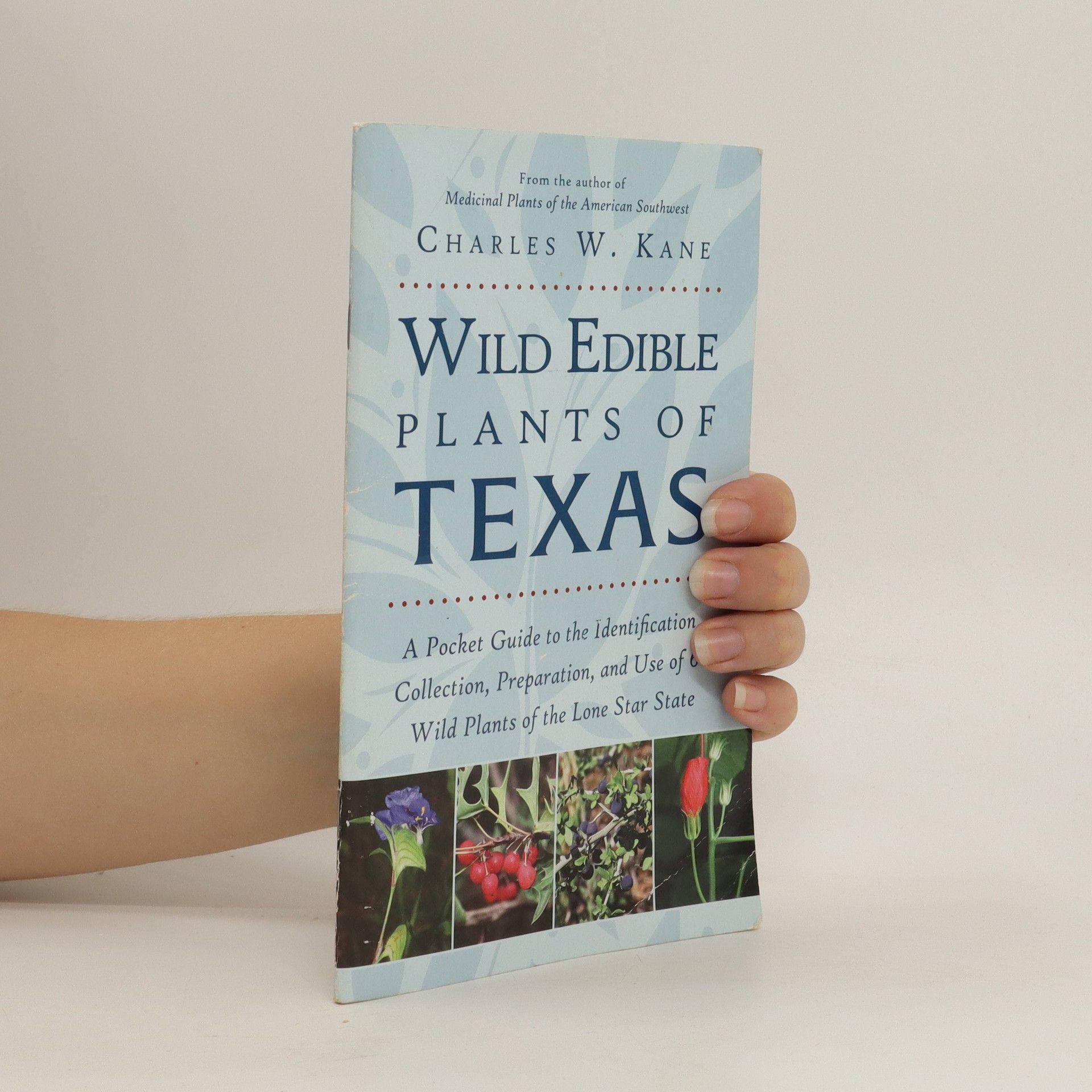Medicinal Plants of the Western Mountain States
- 415pages
- 15 heures de lecture
Exploring the most significant plant medicines of the Mountainous West, the following reference presents a working model of how to best apply the region's therapeutic plant life. Inhabitants of the greater Rocky Mountain Corridor (Colorado, New Mexico, Utah, Wyoming, Idaho, and Montana) along with readers whom live in proximity to the Basin and Range/higher outlier mountains of Arizona, Nevada, California, Oregon, and Washington will derive the most from this guide. Essentially, if there is snow accumulation in the winter, and mountains, conifers, and Aspen are in the area, then this book will be of value. Included within are the following sections: description, distribution, chemistry, medicinal uses, indications, collection, preparations, dosage, and cautions. 105 distribution maps and 166 color photos additionally accent each monograph. An entire chapter is devoted to DIY herbal preparation: teas, tinctures, ointments, liniments, essential oils, and other conveyances. Helpful appendices include a therapeutic index, bibliography, glossary, and general index. -- Publisher's description

